There might be affiliate links on this page, which means we get a small commission of anything you buy. As an Amazon Associate we earn from qualifying purchases. Please do your own research before making any online purchase.
Dream big dreams; only big dreams have the power to move men’s souls.
-Marcus Aurelius, Emperor of Rome
It's a paradox. It's the big goals that excite us and get us to stop hitting the snooze button. They make us feel alive. They make the boring interesting, and the frustrating exciting.
But it's the big goals that are the least likely to end up accomplished.
After a short burst of energy, the excitement and interest fizzles. And then, maybe, you get excited once again. And then, just like last time, after a short burst of energy, the excitement fizzles and takes you back to where you started, with little or no progress to show for it.
For much of my life, I've set only realistic goals. Goals that could be easily accomplished. After all, what's the point of dreaming big if the obvious result is failure?
But I've gotten greedy. I'd rather get work done AND feel inspired.
I don't want to have just enough motivation to get by. I want as much as possible. More motivation equals more energy and more life.
Are you greedy too?
Do you want more accomplishment, more energy, more happiness, more life?
Then welcome to the world's best free guide to goal setting.
Goal setting?
I know, doesn't sound like much.
I've read the advice before. I'm sure you have too. I wasn't impressed.
I've had to set SMART at work. Maybe you've had to too. It worked… but only a little.
SMART is an acronym.
| Letter | Word | Meaning |
|---|---|---|
| S | Specific | Goal is distinct and unambiguous. |
| M | Measurable | Progress can be measured. |
| A | Attainable | Objective is realistic. |
| R | Relevant | Goal provides a reward which is valuable. |
| T | Time-bound | A deadline has been set. |
The idea goes, follow these guidelines in setting up your goal, and you'll be maximizing your chances for success. This process is often used at work, for example, requiring employees to set SMART goals during their annual review, and then reviewing progress the following year.
But here's the thing: SMART goals are a simplification. They were designed to be used in an organizational setting, to help bosses prod their employees into action. They're often used for personal improvement, but only because most people think goal setting starts and ends with SMART.
It doesn't.
SMART goals came into being in 1981. That's 32 years ago. I promise you, motivation science has come a long way since then.
That's why I wrote this guide to goal setting – to help increase your chances for success, for whatever your goals happen to be.
Achievement is fun. More importantly, I consider motivation a terminal value – something desirable in and of itself. Even if nothing else changed, I'd rather be more excited than less.
Motivation === Energy === Life
Effective goal setting is no panacea, but done correctly, can tip the odds.
In the words of Piers Steel, one of the world’s best procrastination scientists:
Goal setting – proper goal setting – is the smartest thing you can do to battle procrastination. Though every other technique discussed so far has its place, goal setting alone may be all you need. Regardless of what other books say, this is what’s proven to maximize your motivation.
And when he says proven, he means proven. The Law of Attraction sounds nice, but I'd take replicable experiment over wishful thinking any day of the week.
Effective goal setting has helped people eat less, type faster, save more, study harder, score higher, lift heavier, write longer, work better, sell quicker and much more.1, 2, 3, 4, 5, 6, 7, 8, 9, 10 ,11, 12, 13, 14, 15, 16, 17, 18, 19, 20, 21, 22, 23, 24, 25, 26, 27, 28, 29, 30, 31, 32, 33, 34, 35, 36, 37, 38, 39, 40, 41, 42, 43, 44, 45, 46, 47, 48, 49, 50, 51, 52, 53, 54, 55, 56, 57
So it should come as no surprise that tens of thousands of people have spent thousands of dollars each to have their hands held through the process. Effective goal setting is that valuable.
Tony Robbins to the rescue.
A few weeks ago, I listened to a Tony Robbins video for the first time in my life. Just an hour. I was pleasantly surprised – some of the things he talked about were beyond goofy, like Q-Links, but underneath the hype was some good advice.
The seminar I saw a video of was essentially a really expensive goal-setting workshop. Why were people willing to spend thousands of dollars for something they could have gotten from a book? The energy and encouragement.
Without those things, most goal-setting advice is useless, intellectually understood but unimplemented.
Goal setting is extremely effective, but because of its unnaturalness, appears boring and tedious.
Goals should be written down.
I've read and heard that advice before. I never listened.
Oh no, it's okay. I'll just say it aloud in my head.
No. It's hard to quantify, but across a number of studies, those who wrote their goal down were significantly (as in 2 to 3x) more likely to reach their upper limits.
The first time I finally got around to actually writing something down, I had to spend an hour getting pumped up by reading an inspiring book.
I'm lazy. That's human nature. That's okay, we can work around that problem.
Over the next two weeks, I'll introduce you to the nine critical components of effective goal setting.
At the end of each post, you'll see a quick and easy question. Take the time to answer and you'll increase your chances for success.
Ignore them or answer in your head, and you'll be only slightly closer to achieving your goal.
But I'm a realist. At the end of each post, I've got what will hopefully do for you what that inspiring book did for me and what Tony Robbins does for his customers. Go through it, and once you feel sufficiently excited, answer the question. If the inspiration box doesn't help, tell me what would, and I'll do my best to provide it.
Think of one long-term dream, desire or goal which excites you. If nothing comes to mind, keep thinking until something does. What did you pick? Scroll down and type it out!
Next Post: Now, Not Later
2. Improving Job Performance Through Training in Goal Setting, 1975
3. Effects of Assigned and Participative Goal Setting on Performance and Job Satisfaction, 1976.
4. Effects of Goal Setting on Performance and Job Satisfaction, 1976.
5. The Role of Proximal Intentions in Self-Regulation of Refractory Behavior, 1977.
6. Different Goal Setting Treatments and Their Effects on Performance and Job Satisfaction, 1997.
7. Additive Effects of Task Difficulty and Goal Setting on Subsequent Task Performance, 1976.
8. The Relationship of Procrastination With a Mastery Goal Versus an Avoidance Goal, 2009.
9. Joint Effect of Feedback and Goal Setting on Performance: A Field Study of Residential Energy Conservation, 1978.
10. The Effects of Goal Setting and Self-Instruction Training on The Performance of Unionized Employees, 2000.
11. Expectancy Theory Predictions of Salesmen’s Performance, 1974.
12. Integrating Theories of Motivation, 2006.
13. Motivation Theory, Handbook of Industrial and Organizational Psychology, 1990.
14. Self-Efficacy and Resource Allocation Support For a Nonmonotonic, Discontinuous Model, 2008.
15. Vroom’s Expectancy Models and Work-Related Criteria: A Meta-Analysis
16. The Framing of Decisions and the Psychology of Choice, 1981.
17. The Power of Reframing Incentives: Field Experiment on (Students’) Productivity, 2008.
18. Evaluation Anxiety. Handbook of Competence and Motivation, 2005.
19. Goal Selection and Goal Striving. Blackwell Handbook of Social Psychology, 2001.
20. The Procrastination Equation: How to Stop Putting Things Off and Start Getting Stuff Done, 2010.
21. Goal Setting and Task Performance, 1980
22. Building a Practically Useful Theory of Goal Setting and Task Motivation, 2002.
23. The Hierarchical Model of Approach-Avoidance Motivation, 2006.
24. Avoidance Goals Can Be Beneficial: A Look at Smoking Cessation, 2005.
25. A 2 x 2 Achievement Goal Framework, 2001.
26. Improving Safety Performance With Goal Setting and Feedback, 1990.
27. Changes in Performance in a Management by Objectives Program, 1974.
28. Assigned Versus Participative Goal Setting With Educated and Uneducated Woods Workers, 1975.
29. Effects of Goal Setting on Performance and Job Satisfaction, 1976 (sales personnel).
30. Effect of Performance Feedback and Goal Setting on Productivity and Satisfaction in an Organizational Setting, 1976.
31. The Role of Proximal Intentions in Self-Regulation of Refractory Behavior, 1977.
32. Performance Standards and Implicit Goal Setting: Field Testing Locke’s Assumption, 1977.
33. Blue Collar to Top Executive, 1977 (ship loading).
34. Different Goal Setting Treatments and Their Effects on Performance and Job Satisfaction, 1977 (maintenance technicians).
35. Personal Correspondence With Piers Steel.
36. Increasing Productivity With Decreasing Time Limits: A Field Replication of Parkinson’s Law, 1975.
37. Interrelationships Among Employee Participation, Individual Differences, Goal Difficulty, Goal Acceptance, Goal Instrumentality, and Performance, 1978.
38. A Study of The Effects of Task Goal and Schedule Choice on Work Performance, 1979.
39. Knowledge of Score and Goal Level as Determinants of Work Rate, 1969.
40. Studies of The Relationship Between Satisfaction, Goal Setting, and Performance, 1970.
41. The Effects of Participation in Goal Setting on Goal Acceptance and Performance, 1975.
42. A Two-Factor Model of The Effect of Goal-Descriptive Directions on Learning From Text, 1975.
43. Additive Effects of Task Difficulty and Goal Setting on Subsequent Task Performance 1976.
44. Role of Performance Goals in Prose Learning, 1976).
45. The Motivational Strategies Used by Supervisors: Relationships to Effectiveness Indicators, 1976.
46. Effects Achievement Standards, Tangible Rewards, and Self-Dispensed Achievement Evaluations on Children’s Task Mastery, 1977.
47. Systems Analysis of Dyadic Interaction: Prediction From Individual Parameters, 1978 .
48. The Interaction of Ability and Motivation in Performance: An Exploration of The Meaning of Moderators, 1978.
49. Effects of Goal Level on Performance: A Trade-off of Quantity and Quality, 1978.
50. Importance of Supportive Relationships in Goal Setting, 1979.
51. The Effects of Holding Goal Difficulty Constant on Assigned and Participatively Set Goals, 1979.
52. The Effect of Beliefs on Maximum Weight-Lifting Performance, 1979.
53. Another Look at The Relationship of Expectancy and Goal Difficulty to Task Performance, 1980.
54. Performance and Learning Goals for Emotion Regulation, 2011.
55. Assessing the Impact of Planned Social Change, 1976.
56. Goal Setting as a Motivator of Unethical Behavior, 2004.
57. The Relationship of Team Goals, Incentives and Efficacy to Strategic Risk, Tactical Implementation and Performance, 2001


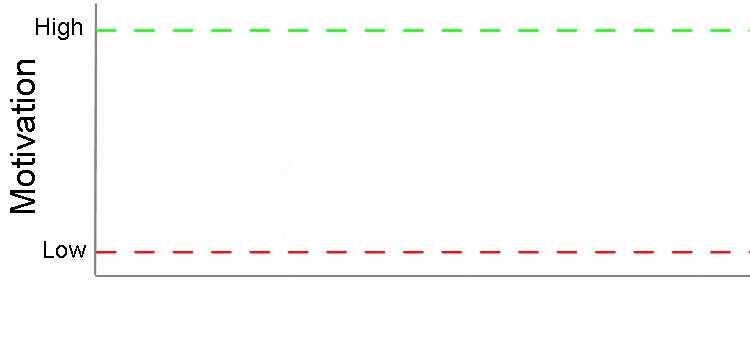
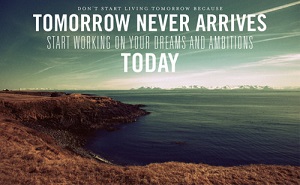
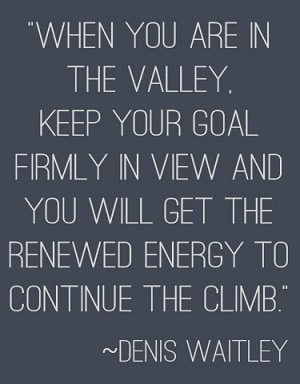
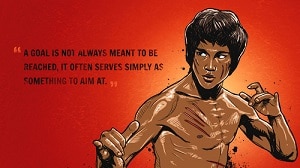
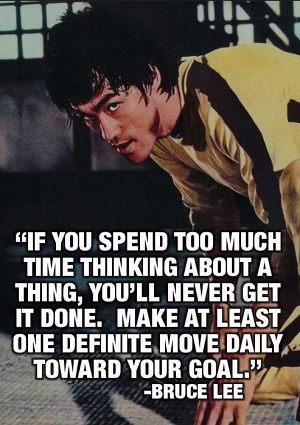


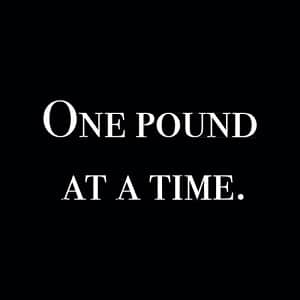


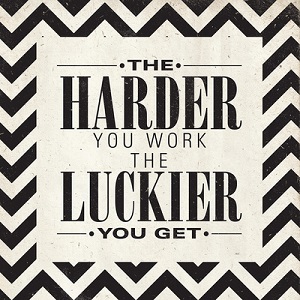

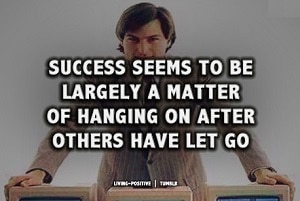

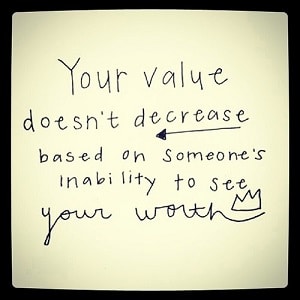
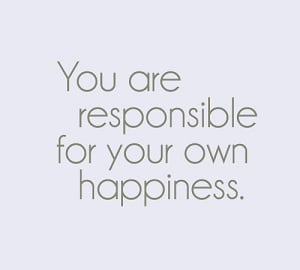

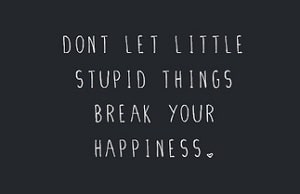
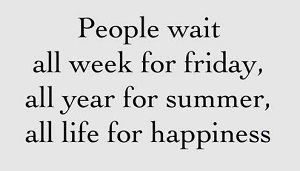

Hi Dan,
Thanks for sharing the resource! I’ve added it to my list of tools to check out.
As always, you’re a great source of knowledge!
I like the smart and sexy checklist. I’ll have to think about how to incorporate some of those ideas into the goal setting process that I use.
On the other hand, there are still a few things missing from that addendum. Perhaps once I’ve written it all out, I’ll try and create a funky acronym of my own 🙂
I find the big problem I have had is that when I write them down I start to doubt they are achieveable almost immediately. Having belief in what you write is so important.
You could use some optimism then. Positive visualization is great for that.
I’m the opposite of you – I need my optimism tamped down a bit.
Thanks! I’m glad you found it helpful 🙂
I feel like finding a balance between working towards your goal effectively, and being happy with your day to day life is the biggest piece of the puzzle. Once you find that sweet spot, you are pretty much done.. all you have to do is stay the course. (Obviously you will face changes, but
Oh and my goal is being able to make a living from my writing. In the past I might have said “writer” or “novelist”, but the medium doesn’t concern me as much anymore.
My long term goal, dream, and desire is to write songs that motivate and captivate people and bring them to their knees in emotion.
Everyday from Monday to Friday I set aside 30 minutes during my lunch break at work to practise and experiment with lyrical and musical composition techniques and concepts.
I have never written a single lyric nor complete song before starting this ritual during the summer and now I am at a point where I can create short verses and groups of phrase that have amazed a couple of my friends who never knew I was capable of writing them.
By next year, I hope to have complete sets of lyrics and musical structures to compose full songs.
My ultimate dream is to become a motivational speaker. Helping other people realizing their dreams and goals in life. It gives me happiness and confidence.